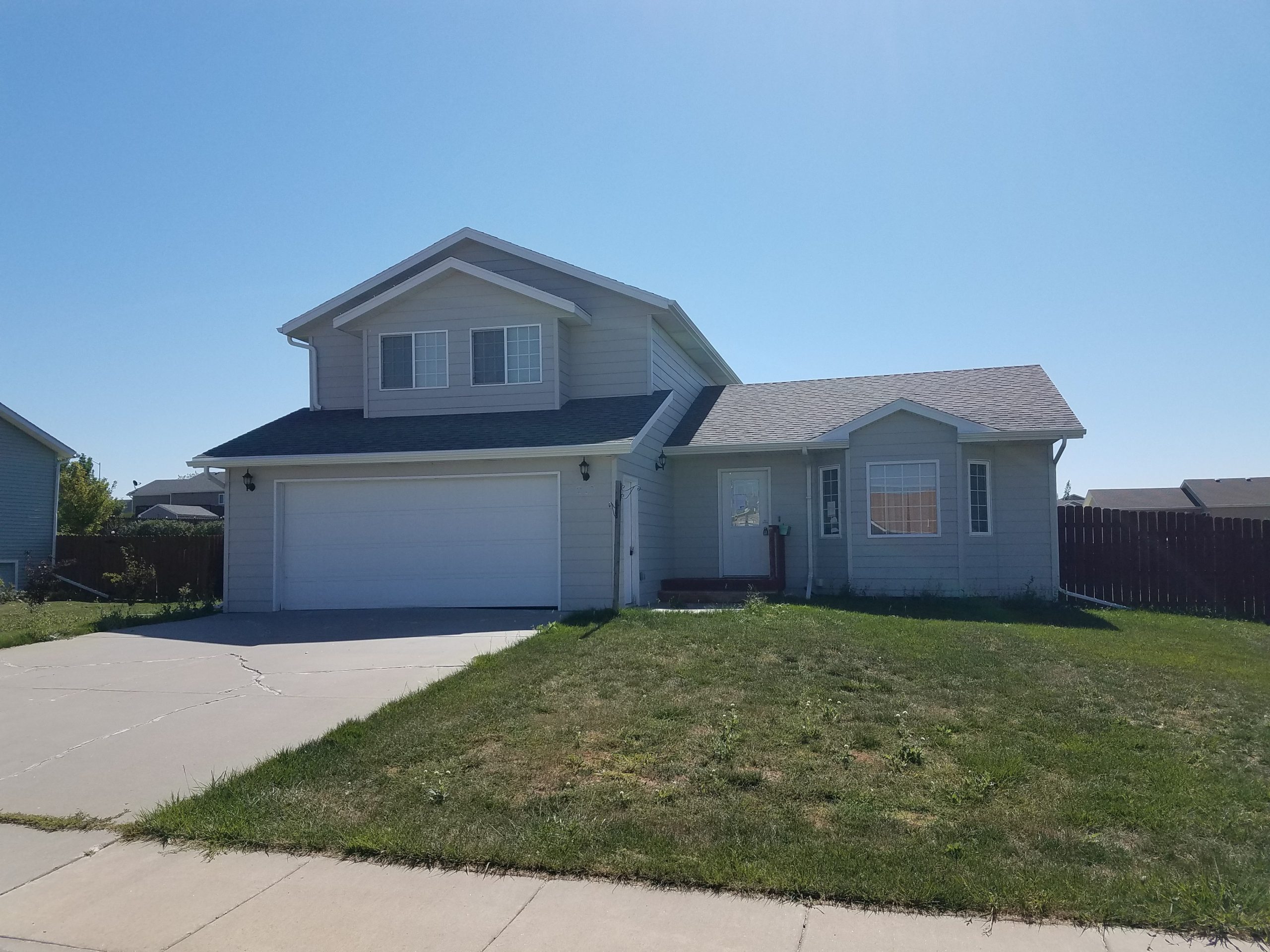When you’re looking at buying a home, there are many things to consider. Sometimes people can be impressed by new counters and fixtures and new flooring. Those are all great things. But it’s also important to look beyond those items.
When there is low inventory in a particular price range, it presents an opportunity for investors. It’s the opportunity for someone to take an unwanted home and turn it into something that is appealing. It can be a lucrative business. That is the business of flipping.
There are different types of flips. Sometimes a person will buy a home, live in it and make improvements to it over the span of two years and then turn around and sell it for a profit. Doing a flip this way keeps costs down because the flipper isn’t paying any additional mortgage during this time.
Sometimes a flip will take time and the person may choose not to live in the home during that time because it will be a construction zone. This is part of the cost that will be passed on to buyers.
Other times a home is purchased and is renovated as quickly as possible to bring it back on the market at a higher price. By doing everything quickly the idea is to catch a quick sale in the real estate market without overextending financial resources.
With any type of flip, there is risk involved for the person or business entity that is buying the property that they will flip. They are hoping that the improvements won’t be too costly and the market will remain strong enough to be able to sell the home at a reasonable profit. But markets can change and sometimes improvements end up being more costly than expected.
Most flippers focus on the focal points of homes: the kitchen and baths. New paint, countertops, appliances, and fixtures are frequent targets. Flooring is another.
Most people and businesses that are flipping will forgo any more expensive improvements that are less visible and may not be necessary at that moment. For example, a sewer line may need to be replaced but it could be working at the moment.
When buying a flipped home, it’s good to know as much of the home’s history as possible. When was it purchased? How much did the buyer/flipper pay for it? What were the improvements that were done to it? If a lot of work was done to the home, it’s important to know if those improvements done by a licensed contractor.
Every buyer should also look beyond the improvements. Noticing things like a soft spot or a dip in a floor could indicate that a problem with the subfloor wasn’t addressed.
Getting a good home inspection is critical to protecting your investment. The flipped home may be a great deal, but it’s always good to be sure that it isn’t a potential money pit. Sewer lines can be scoped (a camera is put down a sewer line to get a visual to determine the condition of the sewer line). Yes, inspections and sewer scopes are additional costs but they can lower your risk in much the same way as you might want a mechanic to look at a used car you are considering buying.
Flipped homes can be great deals. They are move-in ready and look sharp. Just make sure you have an agent who will guide you through the process to make sure that you’re protected as much as possible in the purchase.

 Facebook
Facebook
 X
X
 Pinterest
Pinterest
 Copy Link
Copy Link
